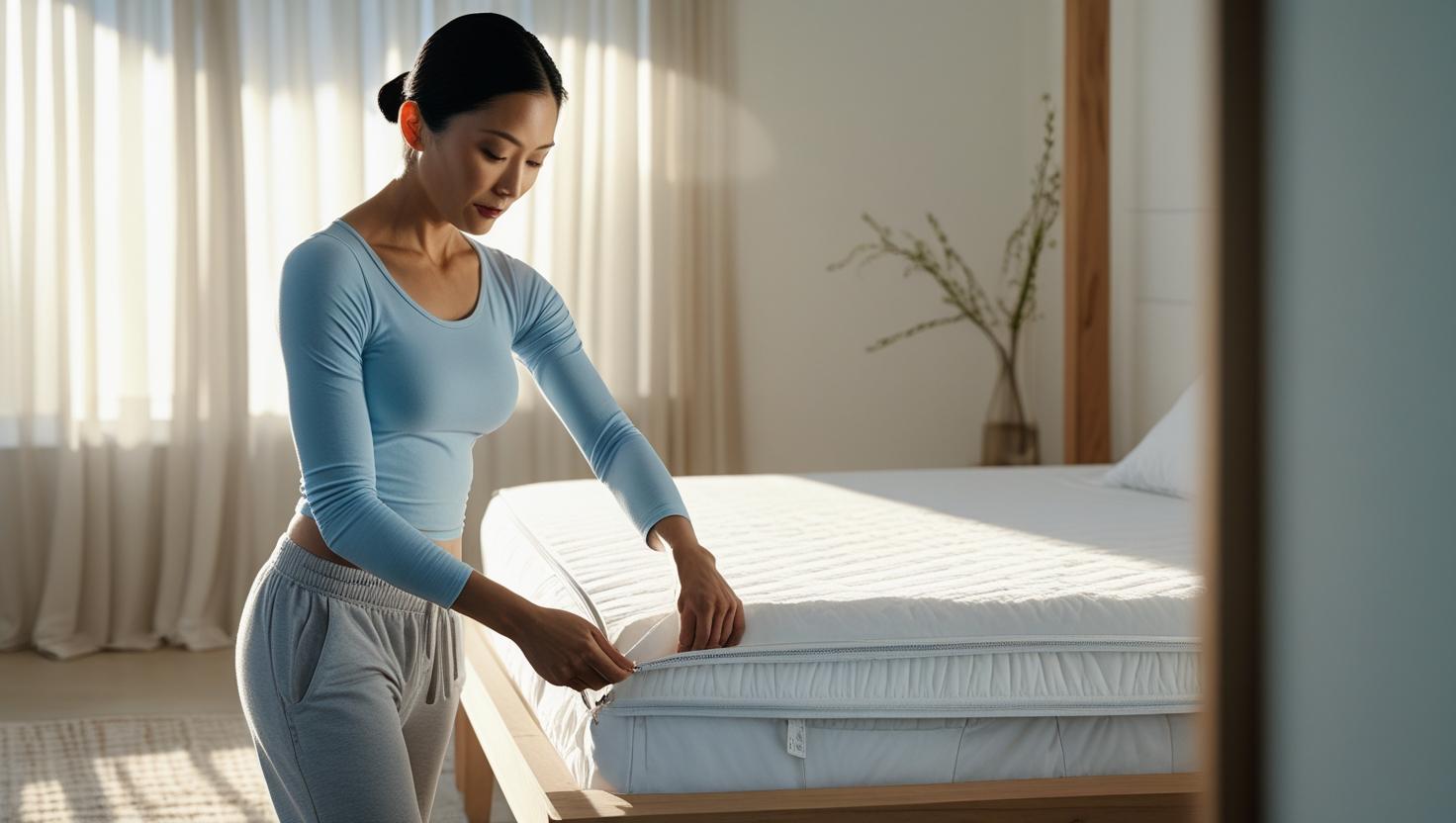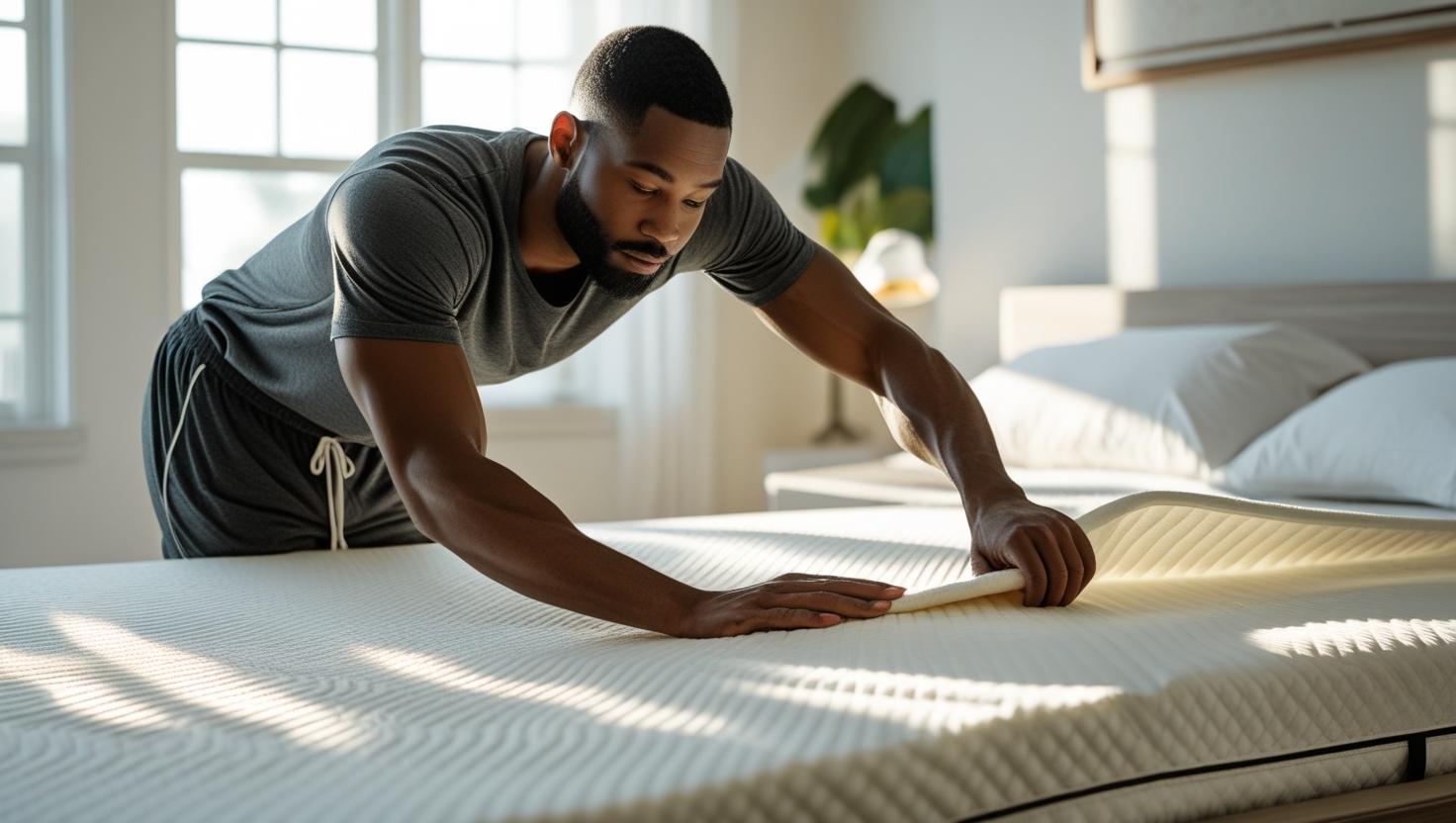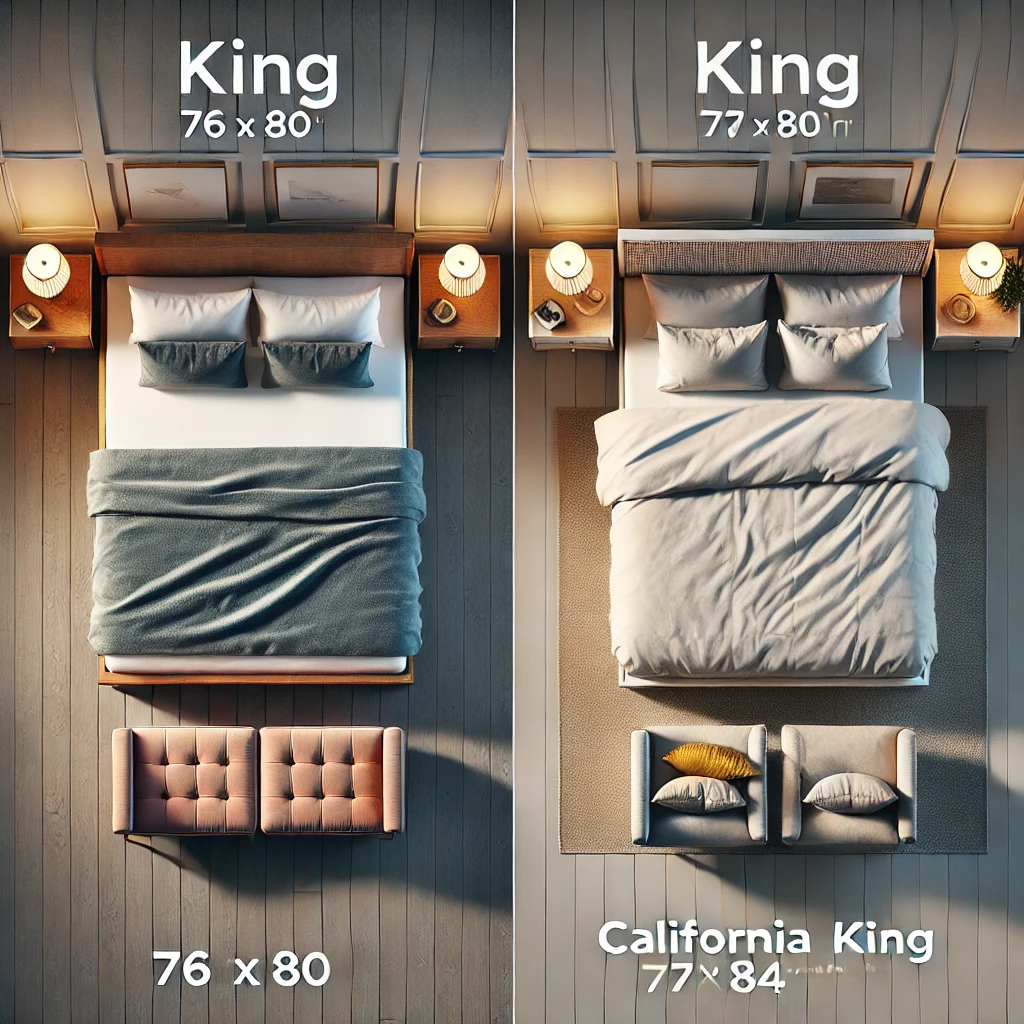Bed Bug Mattress Cover
A Bed Bug Mattress Cover is one of the most effective tools in preventing and controlling infestations. It shields your mattress from bugs, allergens, and stress.
Key Takeaways
- Stops bed bugs from infesting or escaping mattresses
- Improves sleep hygiene by reducing allergens
- Helps detect early signs of infestation
- Easy to install and maintain
- Extends the life of your mattress
Understanding the Bed Bug Threat
Bed bugs are tiny, blood-sucking pests that hide in mattresses, cracks, and furniture seams. They don’t transmit diseases but can cause severe discomfort, rashes, and insomnia. A bed bug mattress cover creates a physical barrier that helps trap existing bugs and prevents new ones from entering.
According to the EPA’s top tips for preventing bed bugs, encasements are among the most recommended steps for protecting sleeping areas.

How to Identify Bed Bugs on Mattresses
Signs include rust-colored stains from crushed bugs, tiny shed skins, musty odors, and itchy bites often appearing in rows. Spotting these early is crucial, and a clear, encased cover helps in detection.

What is a Bed Bug Mattress Cover?
A bed bug mattress cover is a zippered encasement that fully seals your mattress, preventing bugs from entering or escaping. It’s distinct from regular protectors by offering 360° coverage and tested bug-proof fabric. Many are also hypoallergenic and waterproof, enhancing overall bedding hygiene.
The EPA also advises using mattress encasements as part of an integrated pest management plan to safeguard your home from bed bugs.

By investing in a quality bed bug mattress cover, you create a safer, healthier sleeping space for years to come.
Choosing the Right Mattress Cover for Bed Bugs
When shopping for a bed bug mattress cover, look for features like tightly woven fabric, breathability, waterproofing, strong zippers, and the correct size for your mattress. Avoid covers that are too loose or lack certification from pest control standards.

Additional Tips to Prevent Bed Bugs
- Inspect your bedding and bed frame weekly
- Vacuum around the bed and baseboards often
- Wash all bedding in hot water at least once a week
- Minimize clutter to reduce hiding spots
To support overall sleep quality and manage anxiety caused by infestations, consider using sleep meditation techniques from Headspace.
When to Replace Your Bed Bug Mattress Cover
Replace it if you notice any tears, faulty zippers, or wear after 1–2 years of regular use. High-quality options often come with multi-year warranties.
FAQ
Do bed bug mattress covers really work?
Yes, bed bug mattress covers trap existing bugs and prevent new ones from entering, effectively stopping infestations when used properly.
How long should I leave the cover on?
For infestations, keep the cover on for at least 12 months to ensure any trapped bugs die. For prevention, use indefinitely.
Can I wash a bed bug mattress cover?
Most are machine washable. Follow manufacturer guidelines—usually cold or warm water and air drying are best.
Learn more in our comprehensive guide to mattress protection.
Learn more in how to get rid of bed bugs effectively.
Learn more in mattresses for allergy prevention.
Learn more in eco-friendly bedding options or see Refinery29’s picks for sustainable bedding.





